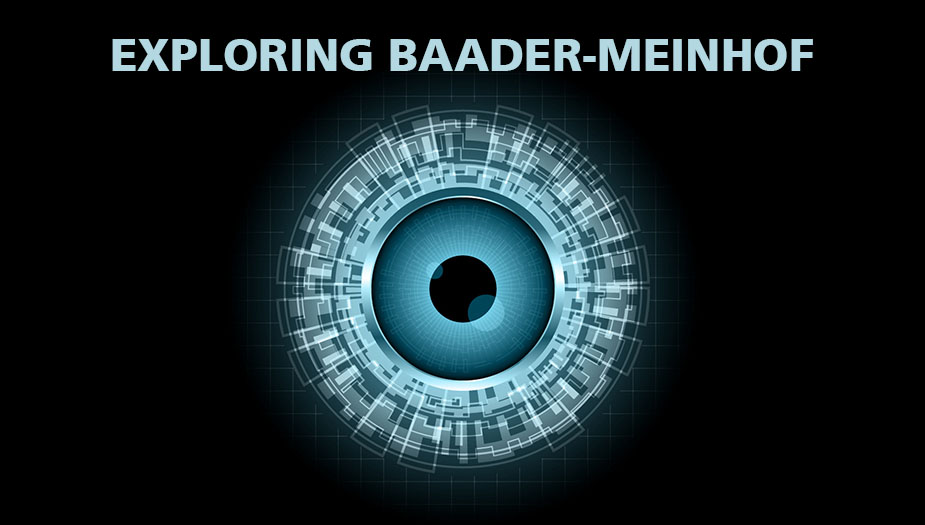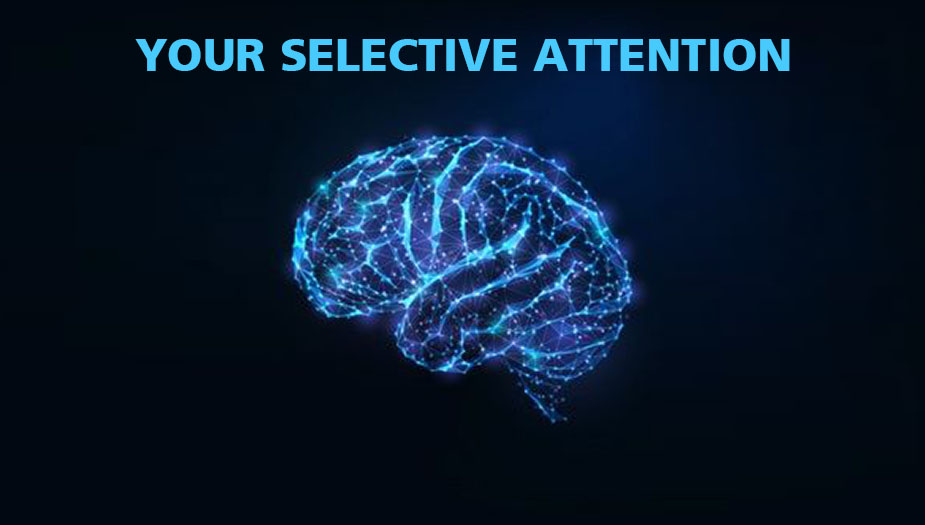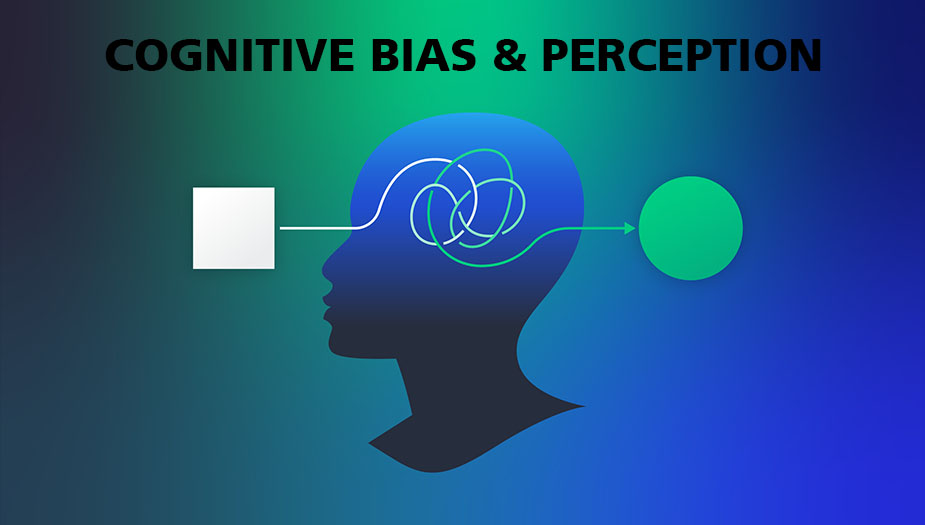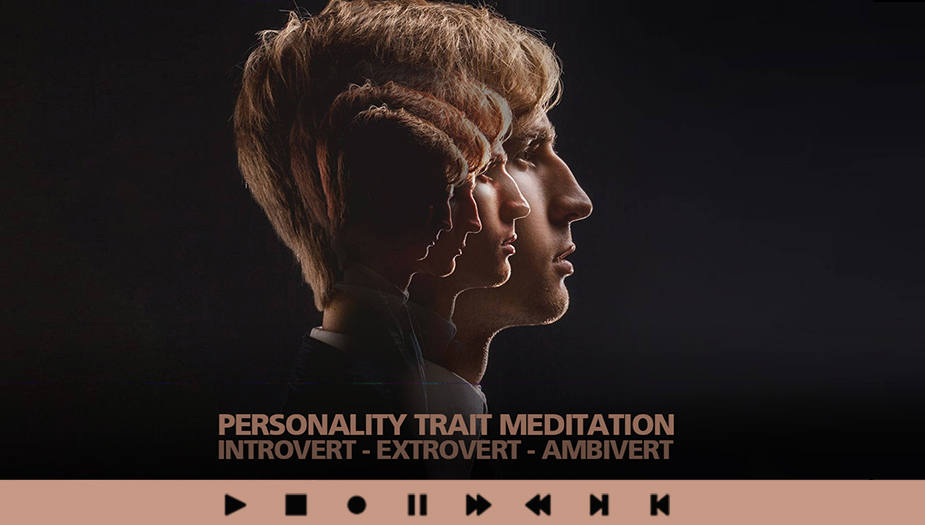Baader–Meinhof: Frequency Illusion and Cognitive Bias

In the vast landscape of human perception, the Baader-Meinhof phenomenon, also known as the Frequency Illusion, unveils the intricate dance between Selective Attention and Cognitive Bias. Join us as we unravel the mysteries of this cognitive quirk.
The Baader-Meinhof Phenomenon Unveiled

Have you ever stumbled upon an obscure word or concept and suddenly noticed it everywhere? This intriguing experience is known as the Baader-Meinhof phenomenon. The Frequency Illusion, as it’s often called, is a captivating cognitive quirk that highlights the astounding capabilities of our minds.
What is the Baader-Meinhof Phenomenon?
The Baader-Meinhof phenomenon, also known as Frequency Illusion, occurs when something you’ve recently learned or become aware of suddenly appears to pop up incessantly in your life. Therefore, it’s as if the universe conspires to bring it to your attention repeatedly. This phenomenon often leaves us astonished, questioning the fabric of reality. However, this intriguing sensation begins with our brains actively seeking out patterns and connections in the world around us. It’s a manifestation of our remarkable ability for Selective Attention. Our minds filter through the vast sea of information, honing in on what’s deemed important, relegating the rest to the background.
The Psychology Behind the Illusion
The Baader-Meinhof phenomenon is a manifestation of Selective Attention. Our brains act as filters, focusing our awareness on what we deem relevant while other information recedes into the shadows. Firstly, this phenomenon can lead to a heightened sense of awareness, making it seem as if the newly discovered concept is omnipresent. This intriguing phenomenon, known as Baader-Meinhof or Frequency Illusion, takes us on a journey through the intricate workings of our minds. It challenges our perception of reality, showing us how our brains can shape what we see and experience. To understand it better, let’s delve into the core of this phenomenon.
The Power of Selective Attention

Selective Attention is the key player in the Baader-Meinhof phenomenon. It’s the cognitive process that enables us to focus on particular stimuli while ignoring others. Think of it as a spotlight in a dark room, illuminating what we deem relevant while casting the rest into shadow.
How Our Brains Filter Information
Our brains are incredible filtering machines. They sift through an overwhelming amount of data every second. Yet, this very efficiency gives rise to the Frequency Illusion. Meanwhile, as our minds latch onto newfound information, they become attuned to it, effectively placing a mental spotlight on it. This heightened awareness makes it seem as if the information is cropping up more often than before. Selective Attention, in essence, acts as a mental spotlight. It guides our awareness to specific details, words, or concepts while others fade into the background. This spotlight effect plays a pivotal role in our perception of the world and our susceptibility to the Baader-Meinhof phenomenon. Moreover, the dance between Selective Attention and the Baader-Meinhof phenomenon showcases the power of our minds to shape our reality. Understanding this dynamic duo can provide profound insights into how we perceive and engage with the world around us.
When the Unseen Becomes Seen
The power of Selective Attention becomes evident when we consider all the unnoticed details that surround us daily. It’s akin to a magician’s sleight of hand, diverting our gaze from the trick happening right under our noses. The Baader-Meinhof phenomenon exposes our vulnerability to this perceptual sleight, reminding us of the subtle dance between awareness and ignorance. Selective Attention functions like a mental filter, emphasizing what we focus on while diminishing the significance of everything else. The Frequency Illusion occurs when our heightened awareness of a specific concept tricks us into thinking it’s everywhere, highlighting the interconnectedness of our cognitive processes. Now, let’s venture deeper into the intricate world of cognitive biases and their role in shaping our perception, particularly in the context of the Baader-Meinhof phenomenon.
Cognitive Biases and Perception

Our journey into the Baader-Meinhof phenomenon wouldn’t be complete without delving into the realm of Cognitive Bias. These biases shape the way we perceive the world, often leading us astray in our judgments and interpretations.
Exploring Cognitive Bias in Everyday Life
Cognitive Bias, a prevalent theme in psychology, refers to systematic patterns of deviation from norm or rationality. It’s the lens through which our brains interpret information, a lens often tinted by preconceived notions, stereotypes, and emotional responses. This skewed perception fuels the Frequency Illusion. Cognitive Bias is the undercurrent that shapes our perceptions. It’s the lens through which we interpret the world, and it often plays a central role in the Baader-Meinhof phenomenon. Our cognitive biases influence what we notice, remember, and emphasize, creating a feedback loop that reinforces our selective attention. The interplay between Cognitive Bias, Selective Attention, and the Baader-Meinhof phenomenon reveals the intricacies of human perception. Recognizing the influence of these biases is the first step towards achieving a more accurate and mindful awareness of our surroundings.
The Connection Between Baader-Meinhof and Bias
The Baader-Meinhof phenomenon isn’t merely a quirk of memory or perception. It’s intrinsically tied to our cognitive biases. These biases influence what we notice and remember, creating a feedback loop that reinforces our selective attention. Understanding this connection is a crucial step towards breaking free from the confines of our cognitive biases. Cognitive Bias and the Baader-Meinhof phenomenon share a symbiotic relationship. Our biases certainly shape our perception, influencing the information we prioritize and subsequently experience the Frequency Illusion. Likewise, by recognizing this connection, we gain insight into how our minds filter the world, ultimately leading to a more mindful existence. Above all, exploring the links between Cognitive Bias, Selective Attention, and the Baader-Meinhof phenomenon unveils the intricate web of our cognitive processes. It invites us to question our assumptions and biases, fostering a more mindful and discerning way of experiencing the world.
Harnessing Awareness for Mindful Living

Now that we’ve uncovered the intricacies of the Baader-Meinhof phenomenon, it’s time to explore how this newfound awareness can be channeled towards a more mindful and fulfilling life.
Overcoming Cognitive Biases with Mindfulness
Mindfulness, the practice of cultivating awareness of the present moment, can be a potent antidote to Cognitive Bias. Firstly, by grounding ourselves in the here and now, we can disrupt the automatic patterns of thought that underpin biased perceptions. In essence, mindfulness helps us regain control over our Selective Attention. Therefore, mindfulness serves as a beacon of self-awareness, illuminating the shadowy corners of our cognitive biases. To sum it up, by practicing mindfulness, we learn to recognize our biases as they arise, allowing us to consciously redirect our selective attention and perceive the world more accurately. In short, the marriage of mindfulness with the insights gained from understanding the Baader-Meinhof phenomenon and Cognitive Bias creates a powerful synergy. Likewise, it empowers us to break free from the confines of our biases and navigate the world with greater clarity and authenticity.
Practical Strategies for a More Balanced Perception
We are armed with the knowledge of the Baader-Meinhof phenomenon, Cognitive Bias, and the power of Selective Attention. We can embark on a journey towards greater self-awareness. Through mindfulness practices, we can learn to navigate the sea of information with a discerning eye. This fosters a more balanced and enlightened perspective
Embrace mindfulness and decode the connection between Selective Attention, Cognitive Bias, and the Baader-Meinhof phenomenon. Embark on a journey towards more mindful, aware, and balanced living. Embracing these insights, we navigate the complexities of our perception with newfound clarity.
CLICK HERE TO COMBINE TECH AND MINDFULNESS
TO ALL OUR READERS, today we humbly ask you to help our little blog. For over ten years now, BinauralBlog.com has been producing fantastic mindfulness articles. We do not beg for donations, use any intrusive popups, sell any form of user data, or fill our content with ads. How do we sustain ourselves? We need shares, plain and simple. The time has come for us to make a simple request. Please, if you enjoyed this article and want us to keep producing content - use any (or all) of the CIRCULAR SHARE BUTTONS ABOVE to help support our little blog. Thank you from the Binaural Blog, Founder & Team





I’m truly grateful for stumbling upon this insightful piece. It’s incredible how our minds perceive patterns that may not exist. This newfound awareness of the Baader-Meinhof phenomenon and cognitive bias will undoubtedly enrich my mindfulness journey. Thank you for sharing this wisdom!
This article sheds light on the fascinating phenomenon, making me more aware of my own cognitive biases. A must-read for anyone on the path of mindfulness and self-discovery. Kudos!
It’s eye-opening to see how our minds shape our reality. Grateful for the insights gained here.
I always knew something was up with our perception of awareness. It’s a thought-provoking read that highlights the importance of mindfulness in our daily lives.
Breaking free from cognitive biases! I now have a new to-do.
I was just thinking it was strange I saw the same year, make, model and color car 4 times today.
My friend got a white Tesla and then than i started seeing the same color and model all over the place all of a sudden. Same thing?
Thank you for all the amazing work you do here at Binaural Blog. I am a big fan.
I was working on writing a song with a certain hook, then all of a sudden i started hearing many songs with similar arrangements. Very strange.
So like when you buy a new car and you start seeing that same car everywhere? Happened to me.